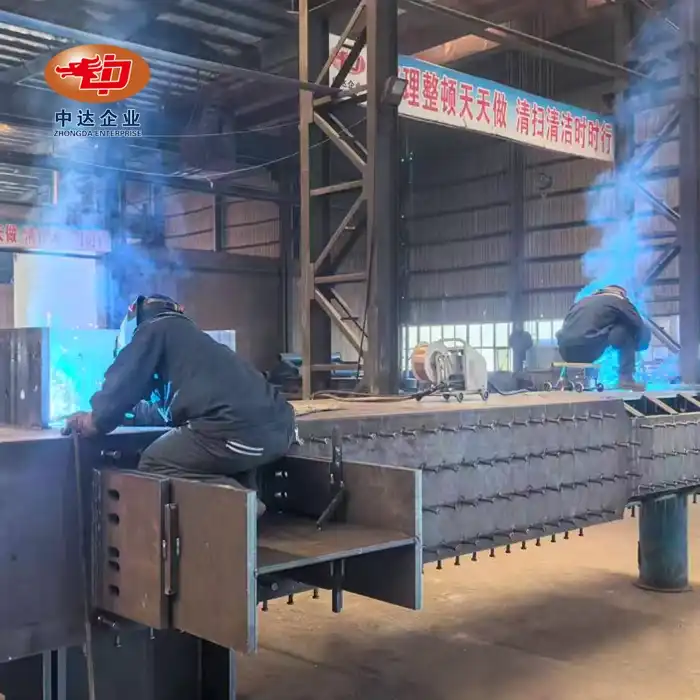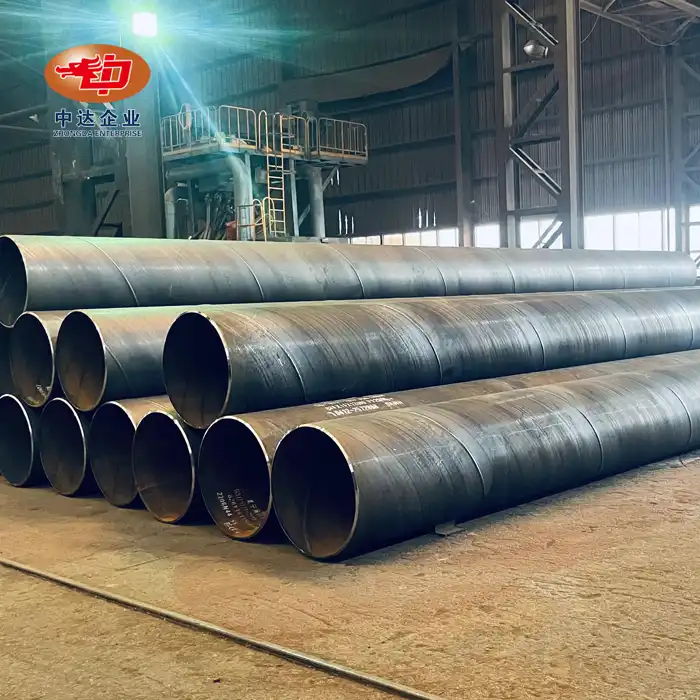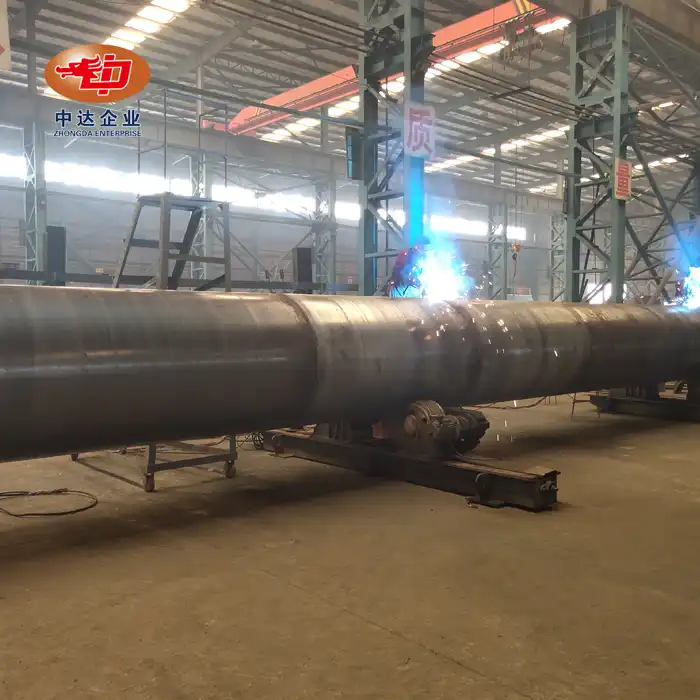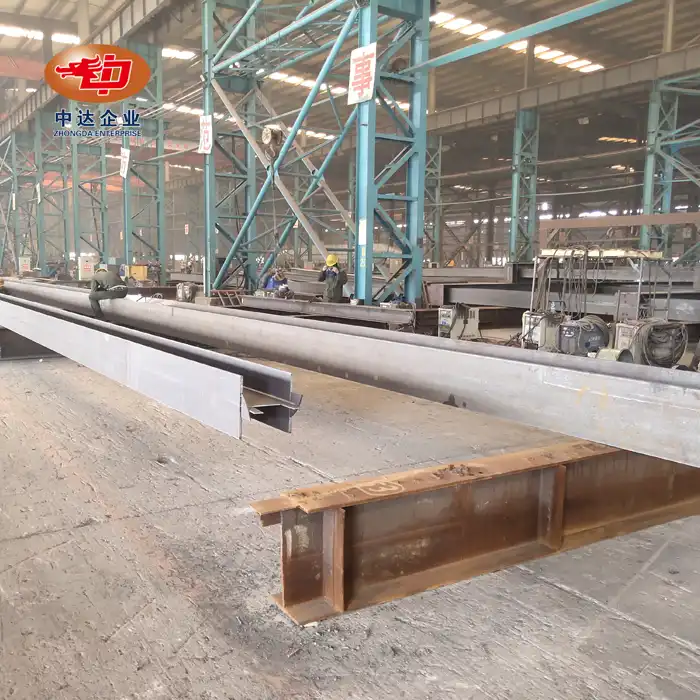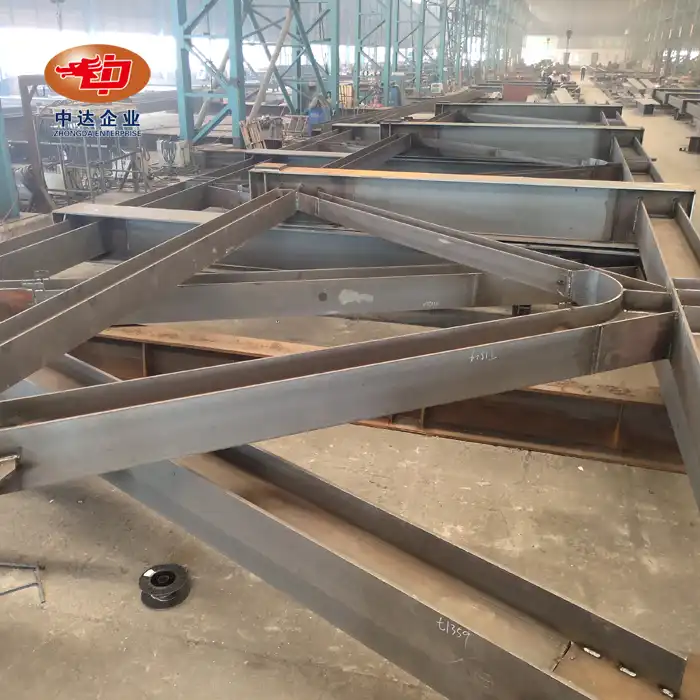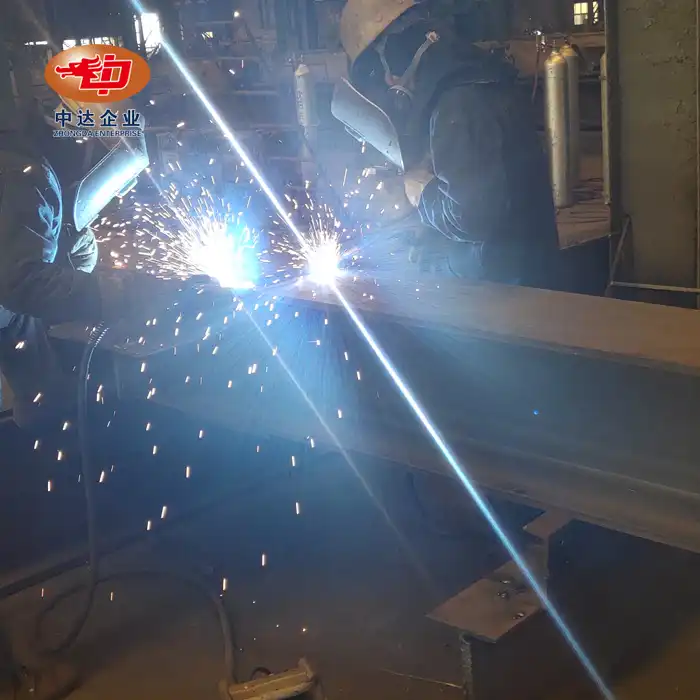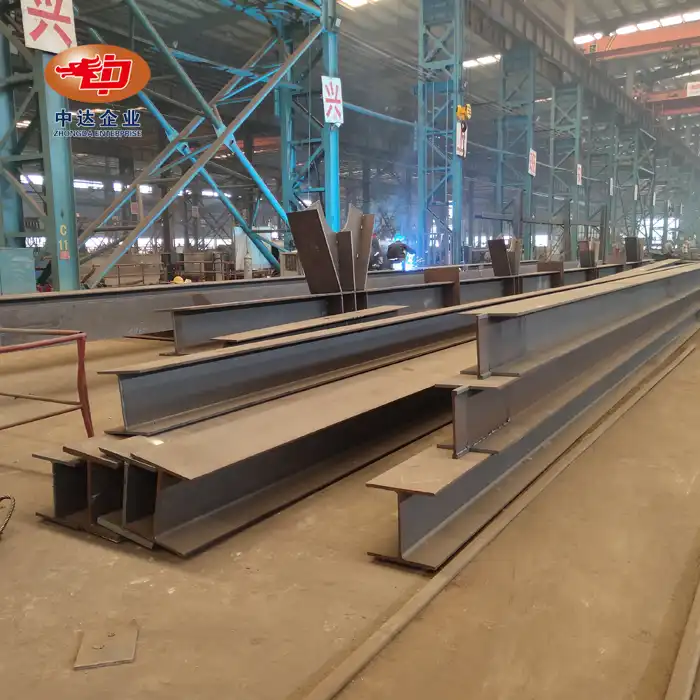Understanding Sound Barrier Materials and Their Properties
The Science Behind Acoustic Materials
Sound barrier materials reduce noise by interacting with sound waves through absorption, reflection, or diffusion. Their effectiveness is quantified using metrics like the Sound Transmission Class (STC) rating, which measures how well a material blocks sound, and the Noise Reduction Coefficient (NRC), which indicates the amount of sound absorbed. Materials with higher STC and NRC values are more efficient at minimizing noise pollution. Understanding these principles is essential when designing barriers that effectively mitigate unwanted sound in various environments.
Key Properties of Effective Sound Barrier Materials
Selecting suitable materials for outdoor sound barriers involves evaluating several critical properties. Density is vital since denser materials typically provide superior sound-blocking capabilities. Porosity influences the material’s ability to absorb sound waves rather than merely reflecting them. Durability ensures resistance against weather conditions, UV exposure, and physical wear. Weight affects ease of installation and structural support requirements. Finally, cost considerations include both upfront investment and long-term maintenance expenses, balancing performance with budget constraints.
Comparison of Common Sound Barrier Materials
Sound barriers utilize a variety of materials, each with distinct advantages and limitations. Concrete offers high density and durability but may lack optimal acoustic absorption. Wood provides natural aesthetics and moderate sound absorption but demands regular upkeep. Metals are durable and versatile, often incorporated in composite designs for enhanced performance. Plastics are lightweight and cost-effective, though their acoustic properties vary widely. Glass delivers visual transparency with moderate noise reduction, while composites combine multiple materials’ strengths for superior acoustic and structural outcomes.

Innovative Composite Solutions for Superior Noise Reduction
Galvanized Steel and Glass Wool Composites
Zhongda Steel’s innovative sound barriers leverage the synergy of galvanized steel and high-density glass wool to achieve superior noise attenuation. The 2mm thick galvanized steel exterior ensures durability and corrosion resistance, while the perforation rate of 23–30% allows sound waves to penetrate the structure. Inside, the 48kg/m³ density glass wool core effectively absorbs sound energy, resulting in a high Noise Reduction Coefficient (NRC) of 0.81. This advanced composite structure provides both structural strength and reliable acoustic performance in demanding environments.
Customization Options for Diverse Applications
Our modular composite sound barriers are designed for adaptability across a range of applications. Available in panel lengths from 2 to 6 meters, they can be precisely configured to suit varying site layouts, including highways, bridges, and rail corridors. In addition to structural customization, aesthetic options are vast - over 200 RAL color choices allow for design flexibility that aligns with architectural or community requirements. Whether prioritizing visual harmony or acoustic efficiency, our solutions can be tailored without compromising performance or ease of installation.
Advanced Features for Enhanced Performance
To meet the evolving demands of noise mitigation projects, Zhongda’s composite sound barriers are equipped with advanced performance features. UV-resistant coatings ensure long-lasting color vibrancy, withstanding over 2000 hours of exposure without fading. For structural reliability, panels are engineered to resist wind pressures up to 1.2kN/㎡, making them ideal for highway and open-area use. Specialized arc-top designs are available for rail systems, helping to minimize wind-induced whistling. Integrated fall prevention nets further enhance safety in elevated or urban installations.

Selecting the Right Sound Barrier Material for Your Project
Assessing Environmental Factors
When choosing sound barrier materials, consider the specific environmental conditions of your project site:
- Climate: Temperature extremes, humidity levels, and precipitation
- Sunlight exposure: UV radiation intensity and duration
- Wind loads: Especially critical for tall or extensive barrier installations
- Soil conditions: May affect foundation requirements and barrier stability
Regulatory Compliance and Certification
Ensure that selected materials meet relevant standards and certifications:
- EU CE Certification (EN 14388 Standard) for performance and safety
- SGS Weather Resistance Testing for durability
- Local building codes and environmental regulations
- Specific project requirements (e.g., LEED certification for sustainable buildings)
Cost-Benefit Analysis and Long-Term Considerations
While initial costs are important, consider the long-term value of your sound barrier investment:
- Installation costs: Including labor and equipment requirements
- Maintenance needs: Frequency and complexity of upkeep
- Lifespan: Expected durability and replacement intervals
- Energy efficiency: Potential impacts on nearby buildings' heating/cooling costs
- Aesthetic value: Contribution to the overall visual environment
Conclusion
Selecting the best materials for building effective sound barriers requires a comprehensive approach, balancing acoustic performance, durability, and cost-effectiveness. Innovative composite solutions, such as those offered by Zhongda Steel, provide superior noise reduction capabilities while addressing practical concerns like customization, weather resistance, and regulatory compliance. By carefully considering environmental factors, certifications, and long-term value, project managers can make informed decisions that result in high-performing, sustainable sound barrier installations.
Contact Us
Ready to elevate your sound barrier project with industry-leading materials and expertise? Zhongda Steel offers cutting-edge outdoor sound barriers that combine superior noise reduction with unmatched durability and customization options. Experience the benefits of our innovative composite designs, backed by global certifications and a proven track record of success. Contact us today at Ava@zd-steels.com to discuss how we can tailor our solutions to your specific project needs and help you create a quieter, more comfortable environment.











